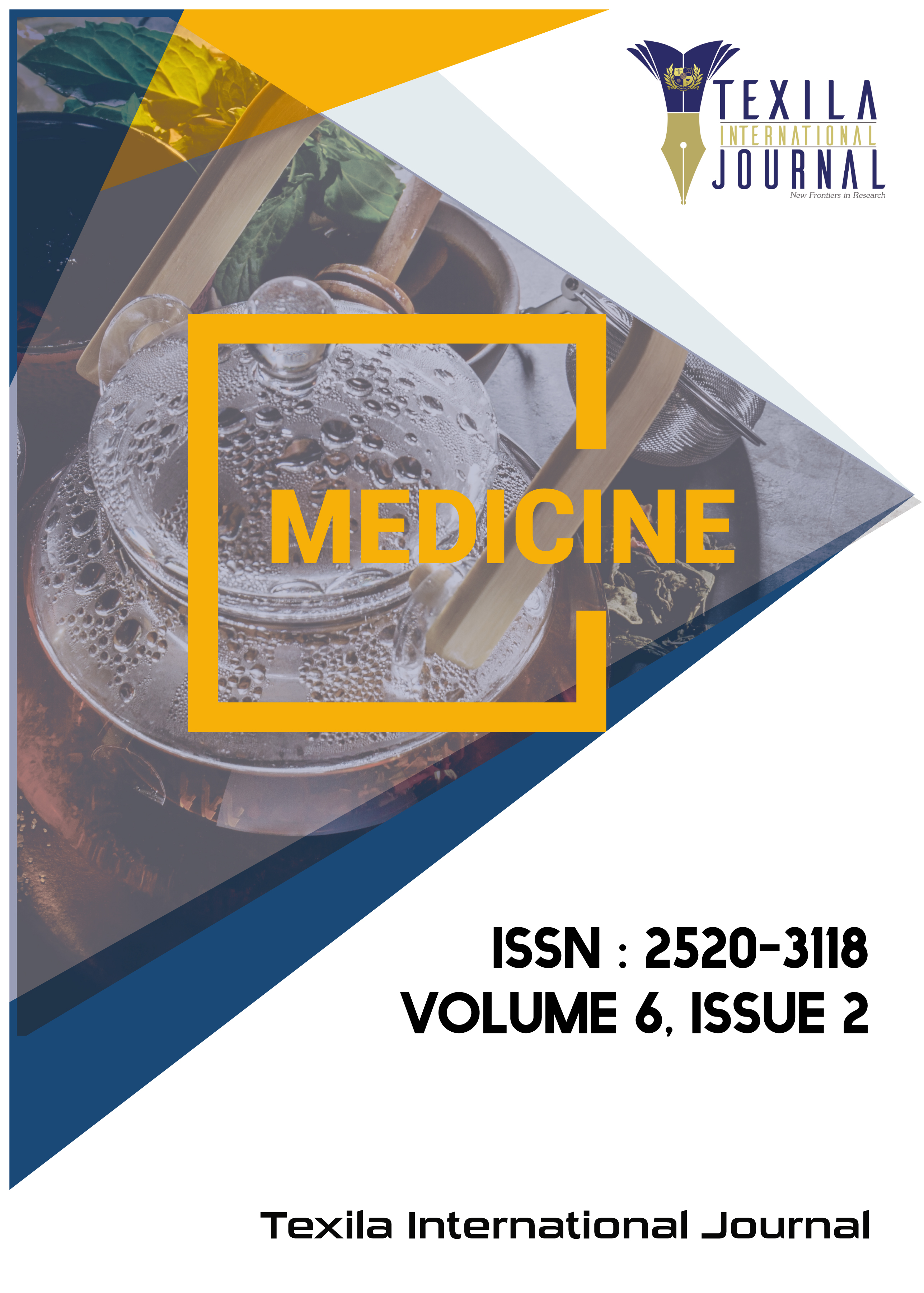References:
[1].Abraham S, Beatch G, MacLeod BA, et al. Antiarrhythmic properties of tetrodotoxin
against occlusion induced arrhythmias in the rat: a novel approach to the study
of antiarrhythmic effects of ventricular sodium channel blockade. J Pharmacol Exp
Ther. 1989; 251:1166-1173.
[2].Achilli A and Serra N. Amiodarone increase plasma digoxin concentrations. Br.
Med. J. Clin. Res. 1981;282(6276):1630-1633.
[3].Antzelevitch C, Burashnikov A. Atrial-selective sodium channel
block as a novel strategy for the management of atrial fibrillation. Ann N Y Acad
Sci. 2010;1188(1):78–86.
[4].Arrendondo
MT, Guillen SG and Quinteiro RA. Effect of amiodarone on ventricular fibrillation
and defibrillation thresholds in the canine heart under normal and ischemic conditions.
Eur. J. Pharmacol. 1986;125(1):23-25.
[5].Batcher EL, Tang XC and Singh BN. "Thyroid
function abnormalities during amiodarone therapy for persistent atrial fibrillation".
Am. J. Med. 2007;120(10):880-882.
[6].Bechard,
J, Gibson JK, Killingsworth CR, et al. Vernakalant selectively prolongs atrial refractoriness
with no effect on ventricular refractoriness or defibrillation threshold in pigs.
J. Cardiovasc. Pharmacol. 2011; 57:302–307.
[7].Biggera
and Hoffman. Effect of amiodarone on autonomic nervous system. Cardiovasc. Res.
1992; 23:14-18.
[8].Burashnikov,
A, Pourrier M, Gibson JK, et al. Ratedependent effects of vernakalant in the isolated
non-remodeled canine left atria are primarily due to block of the sodium channel:
comparison with ranolazine and dlsotalol. Circ. Arrhythm. Electrophysiol. 2010;5(2):400–408.
[9].Camm J.
Antiarrhythmic drugs for the maintenance of sinus rhythm: risks and benefits. Int
J Cardiol.2012;155(3):362–371.
[10]. Camm, AJ,
Lip GY, Caterina R De, et al. Focused update of the ESC Guidelines for the management
of atrial fibrillation: an update of the 2010 ESC Guidelines for the management
of atrial fibrillation. Developed with the special contribution of the European
Heart Rhythm Association. Europace. 2012; 14:1385–1413.
[11]. Carmeliet
E and Mubagwa K. Antiarrhythmic drugs and cardiac ion channels: mechanisms of action.
Prog Biophys Mol Biol. 1998;70(1):1–72.
[12]. Cascio
WE, Yang H, Johnson TA, et al. Electrical properties and conduction in reperfused
papillary muscle. Circ Res. 2001; 89:807–814.
[13]. Comtois
P, Sakabe M, Vigmond EJ, et al. Mechanisms of atrial fibrillation termination by
rapidly unbinding Na channel blockers: insights from mathematical models and experimental
correlates. Am J Physiol Heart Circ Physiol. 2008;295(4):H1489–H1504.
[14]. Djandjighian L, Planchenault J, Finance O, et al.
Hemodynamic and antiadrenergic effects of dronedarone and amiodarone in animals.,
J Cardiovasc Pharmacol. 2000; 36: 376-377.
[15]. Dobrev
D and Nattel S. New antiarrhythmic drugs for treatment of atrial fibrillation. Lancet.
2010;375(9721):1212–1223.
[16]. Dobrev
D, Hamad B and Kirkpatrick P. Vernakalant. Nat Rev Drug Discov. 2010;9(12):915–916.
[17]. Dorian
P, Pinter A, Mangat I, et al. The effect of vernakalant (RSD1235), an investigational
antiarrhythmic agent, on atrial electrophysiology in humans. J Cardiovasc Pharmacol.
2007;50(1):35–40.
[18]. Du XJ,
Esler DF and Dart AM. Sympathetic action of amiodarone in rat heart. Circulation.
1995;91(2):462-466.
[19]. Fedida
D, Orth PM, Chen JY, et al. The mechanism of atrial antiarrhythmic action of RSD1235.
J Cardiovasc Electrophysiol. 2005;16(11):1227–1238.
[20]. Fedida
D. Vernakalant (RSD1235): a novel, atrial-selective antifibrillatory agent. Expert
Opin Investig Drugs.2007;16(4):519–532.
[21]. Ferrari,
R, Bertini M, Blomstrom‐Lundqvist C, et al. An update on atrial fibrillation in
2014: from pathophysiology to treatment. Int. J. Cardiol. 2015; 203:22–29.
[22]. Flaharty
KK, Chase SL, Yaghsezian HM, et al. "Hepatotoxicity associated with amiodarone
therapy". Pharmacotherapy. 1989;9(1):39-42.
[23]. Fragakis
N and DG Katritsis. Surgical treatment for atrial fibrillation: where do we stand?
Hellenic J. Cardiol. 2012; 53: 210–216.
[24]. Fu DG.
Cardiac Arrhythmias: Diagnosis, Symptoms and Treatment. Cell Biochem Biophys. 2015;73(2):291-296.
[25]. Gangol
JP, Devos C, Client M, et al. Amiodarone. Biochemical aspects and homodynamic effects.
Drugs. 1985;29(suppl. 3):3-7.
[26]. Gill J,
Heel RC and Fitton A. Amiodarone. An overview of its pharmacological properties,
and review of its therapeutic use in cardiac dysrhythmias. Drugs. 1992;43(1):69-71.
[27]. Grant VC,
Joseph EM, and Jerome LF. Epidemiology of Arrhythmias and Conduction Disorders in
Older Adults. Clin Geriatr Med. 2012;28(4):539–553.
[28]. Grunnet
M. Repolarization of the cardiac action potential. Does an increase in repolarization
capacity constitute a new anti-arrhythmic principle? Acta Physiologica. 2010; 198:1–48.
[29]. Harkness
JE and Wagner JE. The Biology and Medicine of Rabbits and Rodents. In: Lea and Febiger
eds, Philadelphia. Text Book of Biology, 3rd Edition. 1989; Ch1 (2):23-25.
[30]. Heper G,
Korkmaz ME and Kilic A. “Reperfusion arrhythmias: are they only a marker of epicardial
reperfusion or continuing myocardial ischemia and acute myocardial infarction?”
Angiology. 2008; vol. 58, no. 6, pp. 663–670.
[31]. John GF;
Chattopadhyay SC; Khand A, et al. Heart Failure
Reviews (Prevalence and Incidence of Arrhythmias and Sudden Death in Heart Failure).
2010; 7(3):229-231.
[32]. Jurkovicová
O and Cagán S. [Reperfusion arrhythmias]. Bratisl Lek Listy. 1998;99(3-4):162-71.
[33]. Karimi
S, Hough A, Beckey C, et al. Results of a safety initiative for patients on concomitant
amiodarone and simvastatin therapy. J. Manag. Care Pharm. 2010;16(7):472-474.
[34]. Kubo Y,
Adelman JP, Clapham, DE, et al. "International Union of Pharmacology. LIV.
Nomenclature and molecular relationships of inwardly rectifying potassium channels".
Pharmacol Rev. 2005;57(4):509–526.
[35]. Lafuente-Lafuente
C, Mouly S, Longás-Tejero MA, et al. Antiarrhythmic drugs for maintaining sinus
rhythm after cardioversion of atrial fibrillation: a systematic review of randomized
controlled trials. Arch Intern Med. 2006;166(7):719–728.
[36]. Larry D,
Larry H, Wienkers MS, et al. The mechanism of the interaction between amiodarone
and warfarin in humans. Cardiol. 1991; 98:54-56.
[37]. Lindenmeyer
M, Spörri S and Stäubli. Electrophysiological effect of amiodarone on ST segment
in rats.Br. J. Pharmacol. 1984;82(1):275-277.
[38]. Mason JW.
Amiodarone. N. Engl. J. Med. 1987; 316:455-456.
[39]. Melmed
S, Nademanee K and Reed AM. Hyperthyroidism with bradycardia and normal thyotropin
secretion following chronic amiodarone administration. J. clin. Endocrinol. Metab.
1981;30(1):53-54.
[40]. Murdock
DK, Loeb JM, Euler DE, et al. Electrophysiology of coronary reperfusion: a mechanism
for reperfusion arrhythmias. Circulation. 1980; 61:175–182.
[41]. Nadkarni
VM, Nolan JP, Billi JE, et al. international collaboration in resuscitation science.
2010 international consensus on cardiopulmonary resuscitation and emergency cardiovascular
care science with treatment recommendations. Circulation. 2010; 122:S276–S282.
[42]. Nakagawa
H, Shah N, Matsudaira K, et al. Characteristics of reentrant circuit in macroreentrant
right atria tachycardia after surgical repair of congenital heart disease. Circulation.
2001; 103:699–709.
[43]. Orth PM,
Hesketh JC, Mak CK, et al. RSD1235 blocks late I and suppresses early after-depolarizations
and torsades de pointes induced by class III agents. Cardiovasc Res. 2006; 70(3):486–496.
[44]. Patel C,
Yan GX, and Kowey PR. Dronedarone. Circulation. 2009; 120:636–644.
[45]. Porid PJ.
Amiodarone: reevaluation of an old drug. Ann. Intern. Med. 1995;122(9):689-700.
[46]. Pratt CM,
Roy D, Torp-Pedersen C, et al. Atrial Arrhythmia Conversion Trial (ACT-III) Investigators.
Usefulness of vernakalant hydrochloride injection for rapid conversion of atrial
fibrillation. Am J Cardiol. 2010;106(9):1277–1283.
[47]. Roy D,
Pratt CM, Torp-Pedersen C, et al. Atrial Arrhythmia Conversion Trial Investigator.
Vernakalant hydrochloride for rapid conversion of atrial fibrillation: a phase 3,
randomized, placebo-controlled trial. Circulation. 2008;117(12):1518–1525.
[48]. Roy D,
Rowe BH, Stiell IG, et al. CRAFT Investigators. A randomized, controlled trial of
RSD1235, a novel anti-arrhythmic agent, in the treatment of recent onset atrial
fibrillation. J Am Coll Cardiol. 2004;44(12):2355–2361.
[49]. Rudy Y.
Molecular basis of cardiac action potential repolarization. Annals of the New York
Academy of Sciences. 2008; 1123:113–118.
[50]. Santana
LF, Cheng EP and Lederer JW. ‘How does the shape of the cardiac action potential
control calcium signaling and contraction in the heart?’, Journal of Molecular and
Cellular Cardiology. 2010b;49(6):903-905.
[51]. Santana
LF, Cheng EP, Lederer WJ. How does the shape of the cardiac action potential control
calcium signaling and contraction in the heart? Journal of Molecular and Cellular
Cardiology. 2010a;49(6):901–903.
[52]. Singh BN,
Venkatesh N, Nademanee K, et al. The historical development, cellular electrophysiology
and pharmacology of amiodarone. Prog. Cardiovasc. Dis. 1989; 31:249-253.
[53]. Singh BN.
"The effect of amiodarone, a new anti-anginal drug, on cardiac muscle".
Br. J. Pharmacol. 1970;39(4):657-658.
[54]. Sipido
KR, Bito V, Antoons G, et al. Na/Ca exchange and cardiac ventricular arrhythmias.
Ann N Y Acad Sci. 2007; 1099:339-348.
[55]. Tian D
and Frishman WH. Vernakalant: a new drug to treat patients with acute onset atrial
fibrillation. Cardiol Rev. 2011;19(1):41–44.
[56]. Torp-Pedersen
C, Raev DH, Dickinson G, et al. A randomized, placebo-controlled study of vernakalant
(oral) for the prevention of atrial fibrillation recurrence after cardioversion.
Cir Arrhythm Electrophysiol. 2011;4(5):637–643.
[57]. Twidale
N, Roberts-Thomson P and McRichie RJ. Comparative homodynamic effects of amiodarone,
sotalol and d-sotalol. Am. Heart J. 1993;126(1):122-125.
[58]. Vanerven
L and Schalij M. Amiodarone: an effective antidysrhythmic drug with unusual side
effects. Heart. 2010;96(19):1593-1597.
[59]. Varro A
and Rabloczky G. Antiarrhythmic effect of acute and chronic amiodarone treatment
in conscious rats. J. Pharm. Pharmacol. 1986;38(10):772-774.
[60]. Wettwer
E, Christ T, Endig S, et al. The new antiarrhythmic drug vernakalant: ex vivo study
of human atrial tissue from sinus rhythm and chronic atrial fibrillation. Cardiovasc
Res. 2013;98(1):145–154.
[61]. Zipese
DP, Prystowsky EN and Heger JJ. Amiodarone: electrophysiologic actions, pharmacokinetics
and clinical effects. J. Am. Coll. 1984;3(4):1057-1059.


